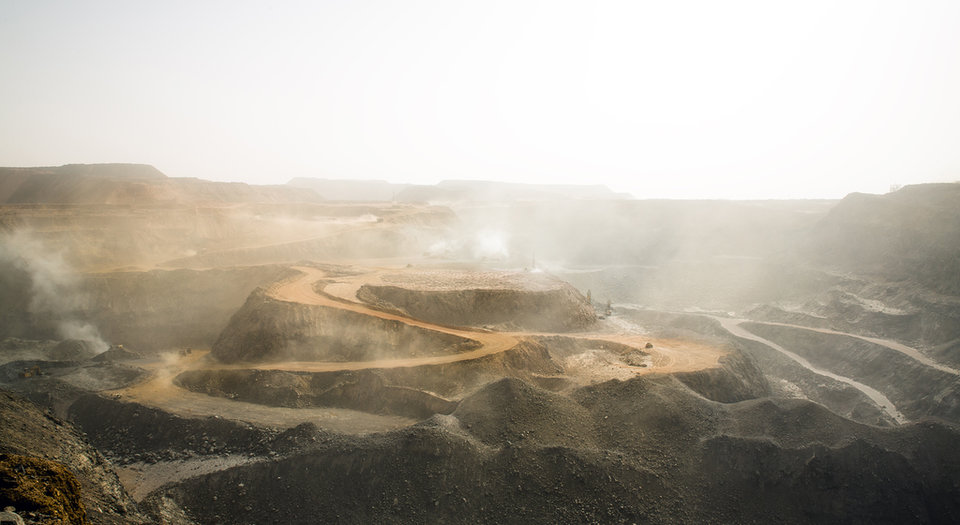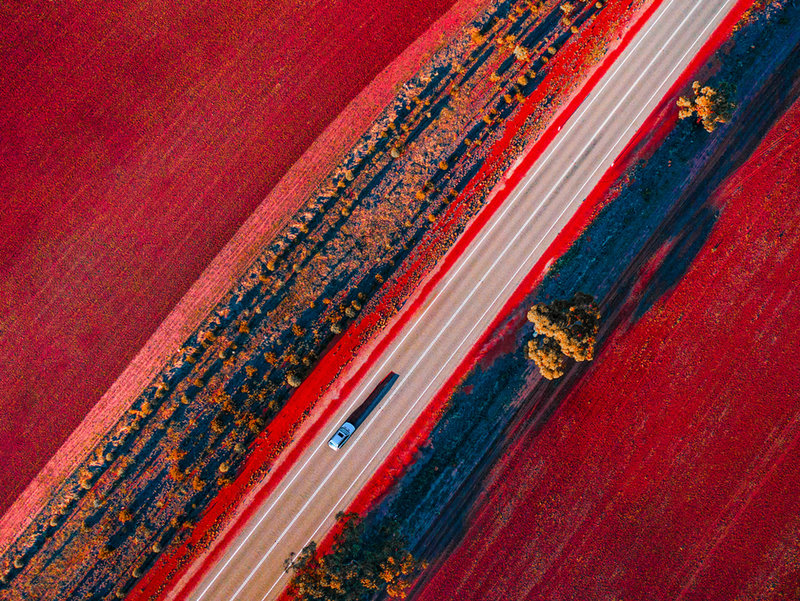
MONITORING
Western Australia cuts red tape
In the 2021/22 state budget, to be handed down in September, the Western Australia Government has allocated A$120m to “speed up project approvals”. But what exactly does this mean for the mining and resources sector, and do industry members think this funding is going to the right places? Scarlett Evans takes a look.
W
estern Australia’s (WA) latest government funding marks the single biggest approvals investment in the state’s history, set to accelerate a project pipeline worth billions of dollars. The funding will go to more than 150 frontline officers, in five agencies, to speed up project approvals, with extra resources allocated to the Departments of Planning, Lands and Heritage; Mines, Industry Regulation and Safety; Biodiversity, Conservation and Attractions; Jobs, Tourism, Science and Innovation; and Water and Environmental Regulation.
For many, the investment is a welcome means of stimulating economic growth as the country grapples with the impacts of Covid-19. In addition, as the alternative fuel sector looks to take up a bigger slice of the nation’s energy mix, accelerating these kinds of projects through approvals is a promising step for Australia’s greener future.
Yet recent disasters such as Juukan Gorge have caused a climate of caution when it comes to regulatory approvals, whether unfairly or not. Here, we take a closer look at what the funding really means, and whether further change is on the horizon for the state’s sector.
The latest funding: a breakdown
In a media statement, WA Premier Mark McGowan said that the support and development of industries such as mining, tourism, and agriculture is “vital to sustain economic growth” and secure employment opportunities for WA residents. Similarly, in a statement, Chamber of Commerce and Industry CEO Chris Rodwell said that the funding will help “alleviate long-held concerns” that business has previously been hindered by a lack of government figures to guide and approve projects.
Adrienne La Bombard, manager of industry competitiveness at the Chamber of Minerals and Energy of Western Australia, says that the main purpose of this latest investment is not to reduce regulatory processes, but rather to help miners navigate these processes.
This is about making the process that already exists more efficient, not about changing the level of regulation.
“This is about making the process that already exists more efficient, not about changing the level of regulation,” she says. “It will speed the approvals process up, but it will still safeguard those environmental and heritage outcomes. It's really just about guiding the proponent through the process because if they miss a step, or do something in the wrong order, that can put the whole project off and create a lot of unnecessary extra work.”
“We're also looking at an environment where we've got a skills shortage currently across all WA,” she adds. “So it's important that we're using those resources wisely and efficiently.”

Economy-boosting initiatives
The new funding was motivated partially by an uptake of clean energy projects, and partially by Covid-19 pushing nations to seek economy-boosting initiatives.
“There's a lot of optimism and activity in the sector at the moment,” La Bombard says. “We've got about A$140bn worth of projects in the pipeline and one of the reasons why we think that's important is that across Australia, the resource sector is really fundamental to the economy.”
We've got about A$140bn worth of projects in the pipeline.
“Last financial year, 2019-20, the resources sector paid A$9.2bn in royalties to the state government, which represented 29% of the state government's revenue for that financial year. So there's a real opportunity if we can capitalise on this incredible pipeline of projects, that's going to help us continue to support economic recovery, particularly in this ongoing Covid-19 context.”
As the state sees an influx of projects, ensuring environmental and social due diligence is upheld across the board is a necessity, particularly in the context of disasters such as Juukan Gorge that still hover over mining’s public image. So as the state moves forward to a period of project uptake, what else is needed to ensure best practice is maintained?
A call for regulatory change
Dr Natalie Brown, an assistant professor in law at the University of Western Australia, says that problems can arise within WA’s mining sector as the industry is regulated by more than one department – meaning the system is not consistent.
“A continuing problem is that agencies that apply conditions or grant approvals either do not have the authority or do not have the resources to check and audit compliance with environmental conditions. Consequently, the departments rely on companies to ensure their own compliance,” she says.
“If money was put towards approval requirements with more checks and balances - for example, a right for Traditional Owners to appeal an approval when sites like Juukan Gorge are in jeopardy - then that kind of tragedy is more likely to be avoided.”
It is not simply a matter that regulations are tightened but that legislation meets modern standards in heritage protection and management.
Since speaking with Brown, the McGowan Government has announced its commitment of A$11m to progress the Aboriginal Cultural Heritage Bill, replacing the long contested 1972 iteration that was largely blamed for allowing the Juukan Gorge incident to occur.
“The destruction of the Juukan Gorge rock shelters was a travesty,” says anthropologist and heritage specialist Robin Stevens. “Heartache for PKKP aside, it exposed major flaws in the 1972 Aboriginal Heritage Act, and in internal company (Rio Tinto) processes, and the sad situation in which Aboriginal people are induced to sign agreements that are structurally unfair.
“It is not simply a matter that regulations are tightened but that legislation meets modern standards in heritage protection and management.”

Transparency in mining processes
In addition to addressing these holes in regulations, La Bombard says that transparency in the sector’s processes is needed as the industry enters its next chapter.
“I think we need an ongoing commitment from the government to make sure the processes run effectively and efficiently, particularly with investing in new resources,” she says. “We need to make sure that investment is achieving its objective, and we would like to see some transparency around timeline targets being set for the end-to-end process.”
WA’s state budget is a clear indication of what is to come, with industry expansion and project approvals at the forefront of the government’s priorities. While all signs currently point to this being a positive change, the state’s recent clash with heritage groups means that industry members will likely hold off celebrating until the necessary regulatory change is seen, and adequate reforms are made to protect the land and its traditional owners.

// Main image: Iron mining. Credit: Adro_Hatxerre